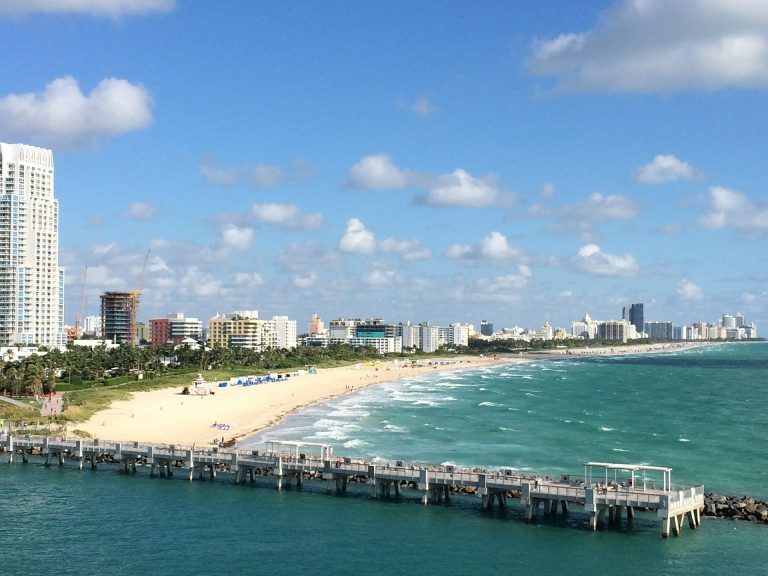The EB-5 visa program offers foreign nationals the opportunity to pursue US permanent residency and, eventually, US citizenship. In this guide, we’ll provide you with essential information on how to apply for an EB-5 visa in 2023.
Understanding the EB-5 Visa:
The EB-5 visa program is a compelling option for investors and entrepreneurs, granting them and their family’s legal residency in the United States. This section explores the two main avenues for EB-5 applications:
-Direct Investment or Regional Center: Applicants can either invest a minimum of $1.8 million in a regional center project or create their own business through a direct investment.
-Targeted Employment Areas (TEA): By investing at least $900,000, applicants can choose projects located in TEAs or rural areas with populations of fewer than 20,000 residents.
Applying for an EB-5 Visa in 2023 – The Essential Steps:
1. Searching for a Suitable Project:
When starting the EB-5 visa application process, it’s crucial to find an appropriate investment project. Options include new commercial enterprises in TEAs or regional center projects.
Collaborating with an experienced immigration attorney familiar with your chosen investment area is highly recommended to identify projects that align with your goals.
Ensure you meet all the USCIS requirements before proceeding with your application.
2. Filling Up the Petition:
Once you’ve identified an investment project, you’ll need to commit the required capital. This involves placing your investment (at least $1.8 million for regional center projects or $900,000 for TEA projects) into an escrow account. Subsequently, your immigration attorney will file an I-526 petition with USCIS, providing proof of your investment.
Typically, USCIS notifies EB-5 applicants of their I-526 petition’s status within 31 to 52 months. It’s worth noting that most regional centers refund investments if an applicant’s I-526 is denied.
3. Becoming a Conditional Resident in the United States:
Once USCIS accepts your I-526 petition, you become eligible for US residency. Initially, there’s a two-year period of conditional residency for EB-5 investors. Afterward, you can pursue permanent residency through one of two methods:
If you’re already residing in the US legally, file Form I-485 to adjust your status to permanent resident.
If you’re not residing in the US legally, file for an immigrant visa by submitting Form DS-260 to the National Visa Center. The process unfolds through the US consulate or embassy in your home country.
During the two-year conditional residency period, investors must meet specific criteria, including attending required meetings and not staying outside of the country for more than one year without obtaining a re-entry permit.
Obtaining Permanent Residency in the United States:
After two years of conditional residency, investors can remove their conditional status and become unconditional permanent residents. Throughout this process, expert guidance from an immigration attorney in Florida is invaluable. You’ll submit an I-829 petition to USCIS 90 days before the second anniversary of receiving your conditional residency. This petition serves to demonstrate your compliance with all EB-5 visa program requirements.
Typically, USCIS issues a permanent green card within 22-45 months after receiving your I-829 petition. After residing in the US as a permanent resident for five years, EB-5 investors are eligible to apply for US citizenship.
We Can Help You Apply for an EB-5 Visa in 2023:
For a successful EB-5 visa application, it’s essential to work with an experienced immigration attorney. At Jurado & Associates, P.A., we provide comprehensive guidance throughout the entire process. Don’t delay—contact us today at (305) 921-0976 or email us at [email protected] to schedule a consultation.






